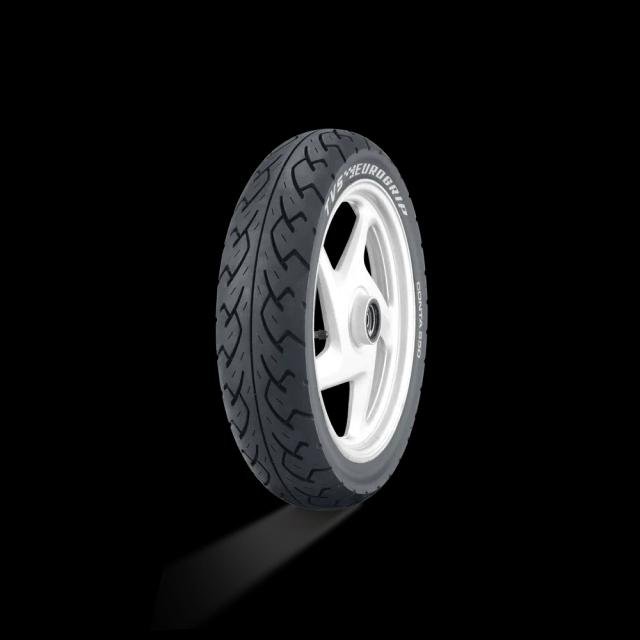If you’re a car enthusiast, a DIY mechanic, or just someone looking to save on repair costs, finding the right car parts for sale is essential. Whether you’re shopping for replacement parts, performance upgrades, or rare components, the market offers a variety of options to suit every need and budget.
Terribly puzzled on whenever it comes to car parts? Have you ever found yourself lost in an ocean of car parts for sale without having the clue which one to opt for? Or yet in an odd state of trying to decipher what each component does? Purchasing car parts can often feel like sinking into a complex world of confusing terminology and intricate details; especially if you’re not an expert. Navigate no more, you’ve landed on the right page. This comprehensive guide aims to shed light on the basics of car parts, serving as a compass that will guide you through your journey.
It is intended at equipping you with an understanding of car parts for sale and providing insight to make informed decisions during your next purchase:
Where to Look for Car Parts
- Online Retailers: Websites like eBay, Amazon, and specialized auto parts stores like RockAuto offer extensive catalogs. They allow you to compare prices and read reviews to ensure quality.
- Local Auto Parts Stores: Chains like AutoZone and NAPA Auto Parts provide expert advice and same-day pickup, making them a great option for urgent repairs.
- Junkyards and Salvage Yards: These are treasure troves for rare and discontinued parts at a fraction of the cost.
- Forums and Enthusiast Groups: Many car communities have classifieds sections where members sell or trade parts.
Types of Car Parts for Sale
- OEM (Original Equipment Manufacturer): Perfect for maintaining factory standards.
- Aftermarket Parts: Often more affordable with a wider range of options, but quality can vary.
- Used Parts: A cost-effective choice for older vehicles, especially for non-critical components.
Tips for Buying Car Parts
- Know Your Vehicle: Have the make, model, and VIN handy to ensure compatibility.
- Compare Prices: Shop around to find the best deal.
- Inspect or Research: For used parts, check for wear and tear. For online purchases, look for warranties and return policies.
Understanding the Significance: Why Car Parts?
One can’t simply underestimate the relevance of each car part. They individually contribute to the overall functioning of the automobile. Whether it’s a spark plug igniting your journey or a brake pad ensuring safe halts, every part feeds into the automobile’s performance, safety and reliability. Understanding the essentials lets you quickly address any potential issues that could impact your car’s operation.
Decoding Car Parts: What are the Key Categories?
Quite often, car parts are broadly categorized into two – aftermarket and OEM (Original Equipment Manufacturer) parts. Aftermarket parts are created by third-party manufacturers and are often used to replace or upgrade the originals. OEM parts, on the other hand, are supplied by the car’s original manufacturer. They ensure a perfect fit and offer quality that is well-tested with the vehicle, however they can come with a higher price tag.
Time Machine: When to Change Your Car parts?
Knowing when to replace a part can be as critical as knowing what the part is. Depending on your car’s model and how it’s driven, parts can need replacing at different intervals. Key parts like oil filters may need changing at regular intervals, while others like windscreen wipers might depend on usage and weather conditions.
Finding the Right Vendor: Who to Purchase From?
There are several trustworthy suppliers in the market, both physical and online. However, it requires careful consideration to find a reputable one. Look for suppliers who offer a range of parts, offer good warranties and who have plenty of positive customer reviews.
Leaning Towards the Bright Side: The Benefits
First off, knowing your car parts puts you in greater control of your vehicle and its maintenance. It also dissipates reliance on mechanics for minor issues, eventually saving you money. Furthermore, it assists in making better purchasing decisions when buying used cars, as you can evaluate the condition of vital parts.
On the Flip Side: The Drawbacks
However, deep diving into car parts isn’t a piece of cake. It demands time, patience and the will to adapt to ever-evolving automotive technology. Not to mention, the risk of encountering counterfeit or inadequate quality parts in the market.
Choosing car parts for sale shouldn’t be a daunting task. With the basics covered, hopefully, this guide has simplified the process and made the world of car components more approachable. This understanding benefits you in the long run, preventing expensive damage and promoting an efficient, longer-running vehicle. Keep in mind, if at any point it becomes overwhelming, professional help is just a call away!
By exploring these options and following these tips, you can find reliable car parts for sale and keep your vehicle running smoothly without breaking the bank.
















Leave a Reply